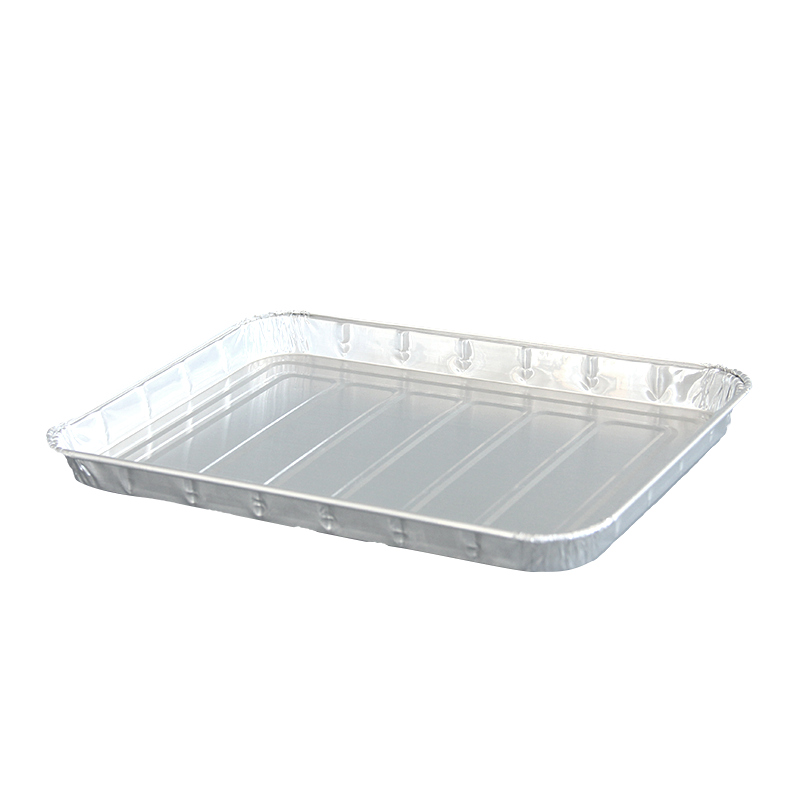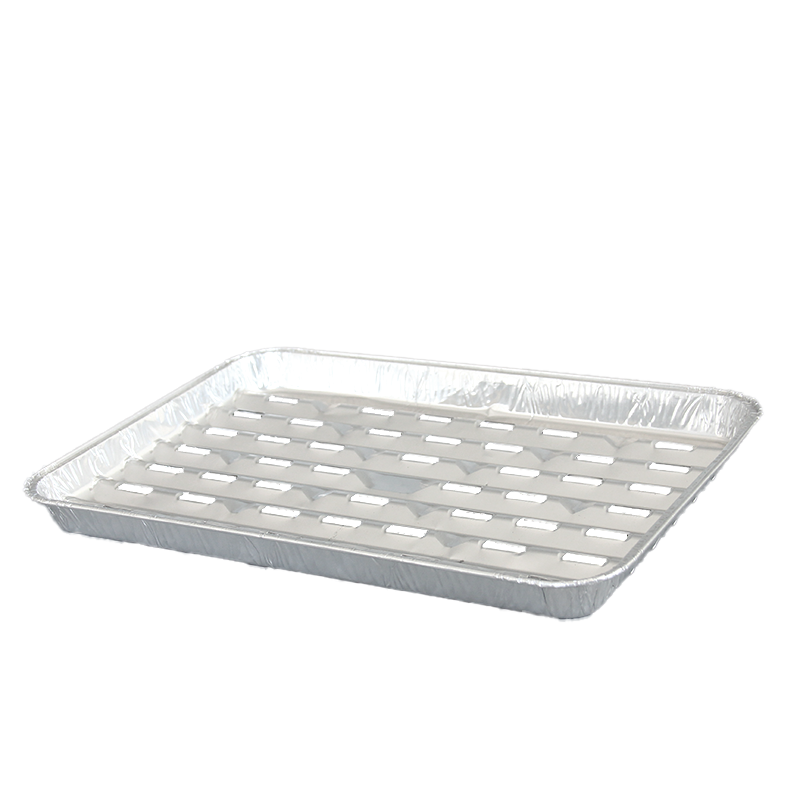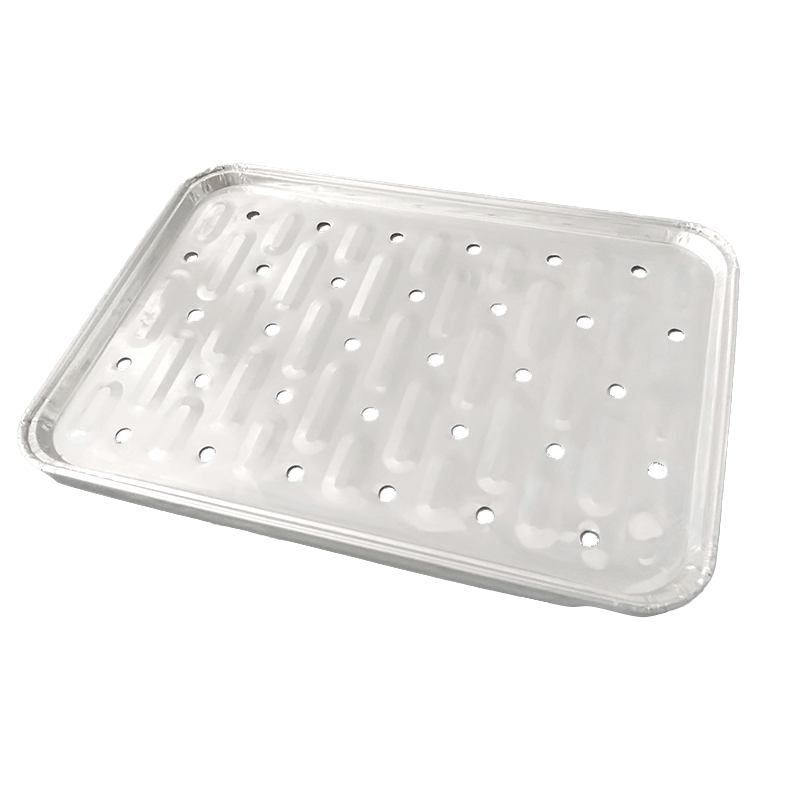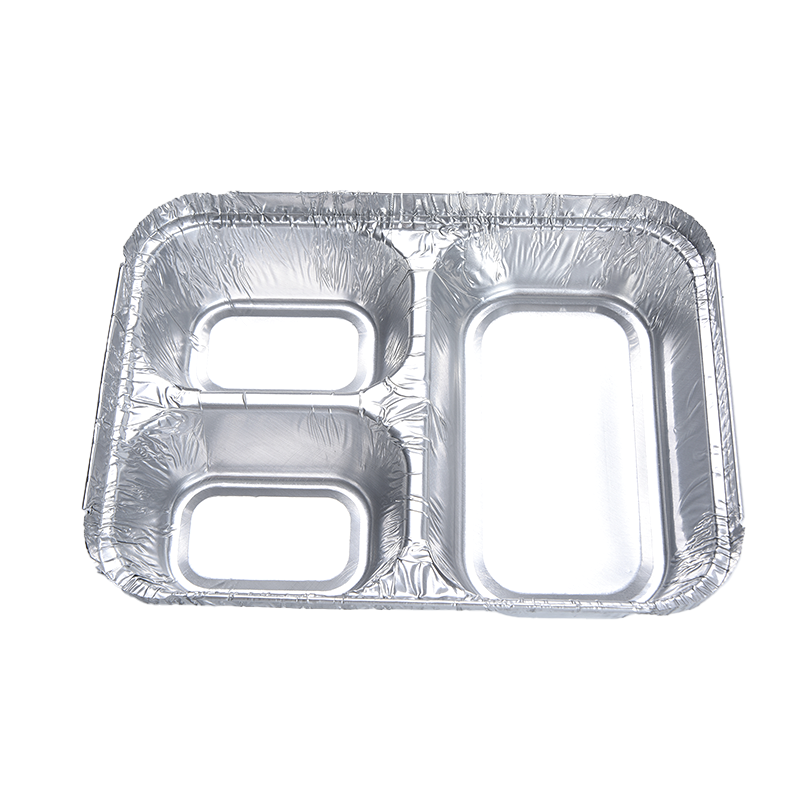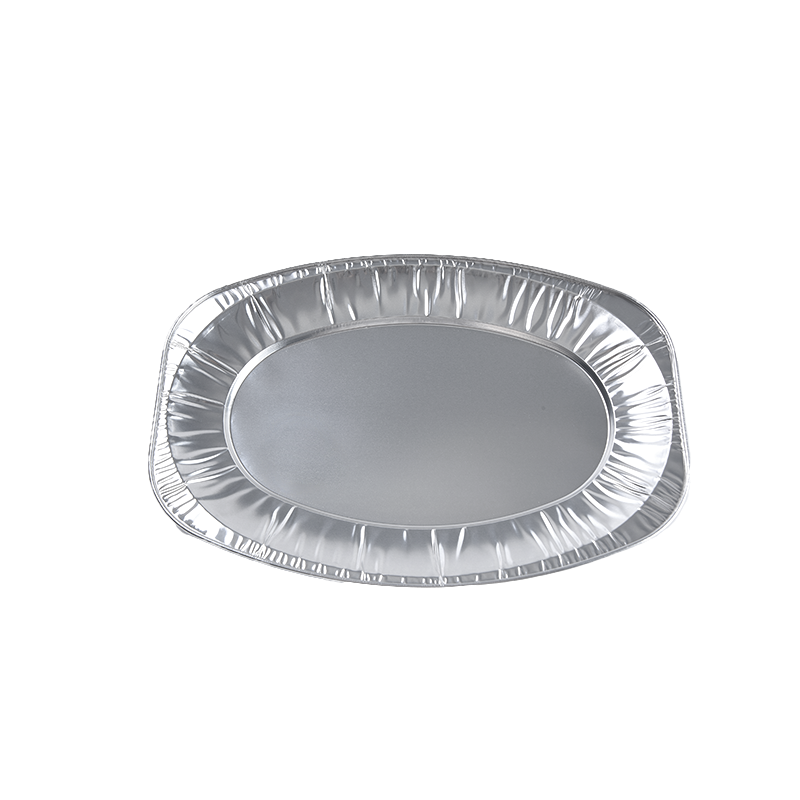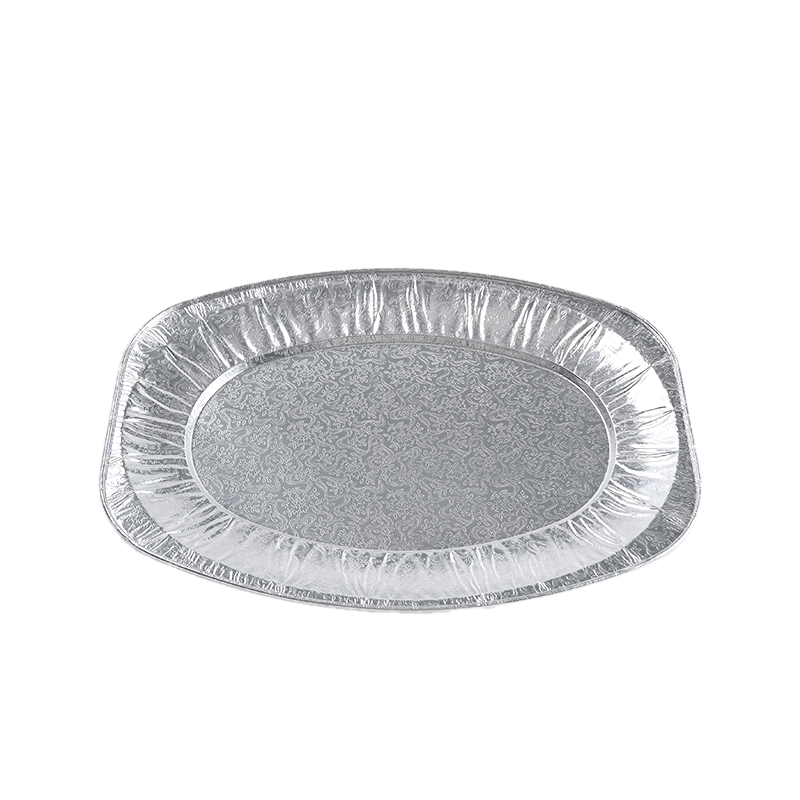Must read for safe operation! Semi-automatic rewinder dangerous parts protection guide
Industry News-Content
1. Main dangerous parts of semi-automatic rewinder
- Winding roller and unwinding roller (pinch risk)
Cause of danger:
High-speed rotating rollers may pinch the operator's hands or clothes.
In case of emergency stop, inertia may cause the roller to continue to rotate.
Protective measures:
Install a protective cover to prevent hands from approaching the operating part.
Set an emergency stop button to ensure complete braking within 1 second.
- Slitting knife and trimming device (cutting risk)
Cause of danger:
Sharp blades may fly out or touch accidentally during high-speed slitting.
Protective measures:
Use a safety interlock device, and the machine cannot be started if the blade is not in place.
Wear anti-cut gloves and be sure to stop the machine when adjusting the knife.
- Belt/chain drive system (entanglement risk)
Cause of danger:
Loose clothing and long hair may be caught in the drive belt or chain.
Protective measures:
Install a protective net to avoid physical contact.
No loose clothing is allowed, and long hair must be tied up.
- Pneumatic/hydraulic system (risk of high-pressure injection)
Cause of danger:
Burst of air or oil pipes may cause high-pressure liquid/gas injection.
Protective measures:
Check the pipeline regularly to prevent air/oil leakage due to aging.
Wear goggles to avoid splashing of high-pressure liquid.
2. Safety operation specifications (6 key measures)
1. Inspection before starting the machine
Inspection items:
Is the protective cover intact?
Is the emergency stop button effective?
Is the tool firmly fixed?
Precautions during operation
Prohibited behaviors:
Adjust the tool or clean up the waste while the equipment is running
Touch the edge of the coil with bare hands (easy to cut)
Overspeed (exceeding the rated speed of the equipment)
Shutdown maintenance specifications
Safety process:
Complete power off (not just turning off the switch).
Hang a warning sign ("Maintenance in progress, no start-up").
Use special tools for adjustment and avoid direct operation with hands.
Personal protective equipment (PPE)
Required protection:
Cut-resistant gloves (when handling slitting materials)
Goggles (to prevent debris from splashing)
Tight-fitting work clothes (to prevent clothing from being entangled)
Emergency handling
Emergency steps:
Immediately press the emergency stop button (red mushroom head).
Report to the supervisor and record the cause of the accident.
Unauthorized restart is prohibited and professional maintenance is required.
Regular safety training
Training content:
Equipment danger point identification
Correct operation process
Accident case study
3. Common accident cases and lessons
- Case 1: The operator did not wear gloves and his hand was scratched by the slitting knife
Cause of the accident:
The machine was not stopped to adjust the blade position.
Cut-resistant gloves were not worn.
Improvement measures:
Strictly implement the "stop adjustment" system.
Equip with cut-resistant gloves and wear them compulsorily.
- Case 2: Long hair was caught in the transmission belt, causing scalp tearing
Cause of the accident:
The operator did not wear his hair in a bun and was close to the operating part.
Improvement measures:
Install a transmission belt protection net.
Establish a dress code (no long hair allowed).
4. FAQs for Semi-automatic Rewinders
- Q1: What are the main differences between semi-automatic rewinders and fully automatic rewinders?
Core differences:
Automation level: Semi-automatic models require manual participation in operations such as paper loading and tube changing, while fully automatic models use PLC programming to achieve automatic glue spraying, edge sealing, and shaft extraction.
Production efficiency: Semi-automatic models have a slower speed and are suitable for small and medium production; fully automatic models can reach 125-185 meters/minute.
Functional limitations: Semi-automatic models cannot roll coreless rolls that are too tight, and lack an automatic tail retention function.
- Q2: What materials are suitable for semi-automatic rewinders?
Applicable materials:
Toilet paper: 1-3 layers of roll paper processing, supporting core/coreless switching.
Film/aluminum foil: For example, semi-automatic tin foil rewinders can handle aluminum foil with a thickness of 0.008-0.05mm.
Mica tape/wrapping paper: Used for subsequent processing after slitting and rewinding.
- Q3: How to solve the problem of uneven tightness of paper roll after rewinding?
Possible causes and solutions:
Improper tension adjustment: Check the independent tension mechanism of the rewinding shaft and adjust the air pressure control.
Uneven base paper quantity: Replace the base paper or add a stretching roller to eliminate wrinkles.
Equipment limit problem: Calibrate the position of the tube pusher to avoid core tube offset.
- Q4: What should I do if the rewinder breaks frequently during operation?
Troubleshooting steps:
Check the tension balance: The paper break on the right may be caused by excessive tension on one side, and the arc of the stretching roller needs to be adjusted.
Environmental humidity control: The humid air on rainy days can easily cause paper deformation, so the workshop needs to be kept dry.
Tool status: Blunt blades or misaligned longitudinal knives will produce paper powder and cause paper breaks.
- Q5: How to maintain the semi-automatic rewinder to extend its life?
Key maintenance items:
Lubrication: Grease the gear chain every month and oil the bearings regularly.
Cleaning: Clean glue stains and paper scraps after shutdown to prevent corrosion or knife jam.
Electrical inspection: Keep the electric control box dry and tighten the terminals to prevent short circuit.
- Q6: What may be the cause of abnormal noise in the rewinder?
Troubleshooting:
Mechanical looseness: Tighten the screws or adjust the belt/chain tension.
Bearing damage: Check the bearings in the transmission part and replace the worn parts.
Motor overload: Unstable voltage may cause abnormal noise, and stable power supply is required.
- Q7: Can the semi-automatic rewinder be upgraded to a fully automatic function?
Renovation feasibility:
Partial upgrade: PLC control module or automatic glue spraying device can be added, but the compatibility of the mechanical structure needs to be evaluated.
Cost consideration: The cost of renovation may be close to that of newly purchased fully automatic equipment. It is recommended to consult the original factory.
- Q8: How to adjust the uneven cutting edge of the rewinder?
Solution:
Parallelism calibration: Make sure that the base paper roll is parallel to the axis of the rewinding roller.
Tool maintenance: Grind or replace the longitudinal knife (bottom knife and surface knife) to eliminate paper hair.
Parameter optimization: Adjust the slitting width ±1-2mm to adapt to the core tube.





 English
English 日本語
日本語 عربى
عربى Español
Español
